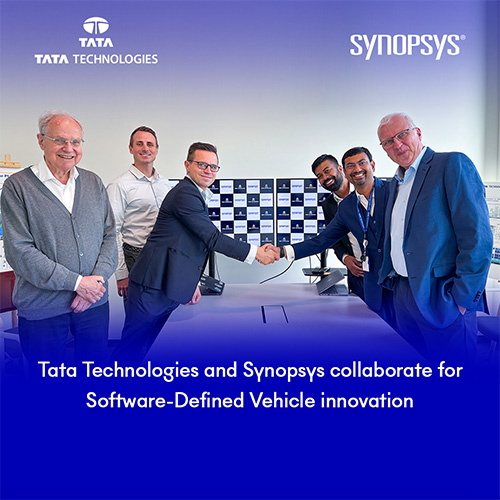
MiPhi Semiconductors has partnered with Intel and SUSE to launch a new solution that allows developers to train small-scale artificial intelligence (AI) models without relying on costly and scarce GPUs. The collaboration brings together Intel’s CPU architecture, SUSE’s enterprise-grade Linux platform, and MiPhi’s semiconductor expertise to boost AI training performance directly on CPUs.
The solution is designed to tackle one of the biggest hurdles in AI adoption: the rising cost and limited supply of GPUs. By optimizing CPU capabilities for AI workloads through advanced hardware-software integration, the three companies aim to make AI development more accessible, efficient, and cost-effective for researchers, startups, and enterprises.
“Our collaboration with Intel and SUSE reflects MiPhi’s mission to democratize technology,” said Prasad Balakrishnan, CEO of MiPhi Semiconductors. “By reducing dependency on GPUs, we are opening the door for developers and organizations — particularly in emerging markets — to adopt AI in a faster, more affordable way. With this solution, CPUs can now take on training tasks once dominated by GPUs, cutting costs and simplifying deployment.”
The companies said the solution enables training of small-scale models — including natural language processing, computer vision, and recommendation systems — directly on CPUs with significantly improved efficiency.
Santhosh Viswanathan, Vice President and Managing Director, India Region at Intel, noted that the initiative highlights the potential of CPU-based architectures in accelerating AI adoption. “By optimizing performance at the silicon level and aligning with enterprise-ready software platforms, we are reducing barriers to AI adoption, helping developers and organizations innovate at scale,” he said.
Sachin Vig, Director, Strategic Channels & Alliances, Indian Subcontinent at SUSE, added, “Through this collaboration with MiPhi and Intel, we are enabling developers to accelerate their innovation cycles by training AI models on secure and scalable Linux infrastructure, without the need for expensive GPUs.”
The partnership underscores India’s growing role as an innovation hub in AI and semiconductor technologies, while also reflecting a broader push to build scalable, sustainable, and affordable AI infrastructure worldwide.
See What’s Next in Tech With the Fast Forward Newsletter
Tweets From @varindiamag
Nothing to see here - yet
When they Tweet, their Tweets will show up here.





























